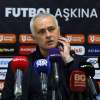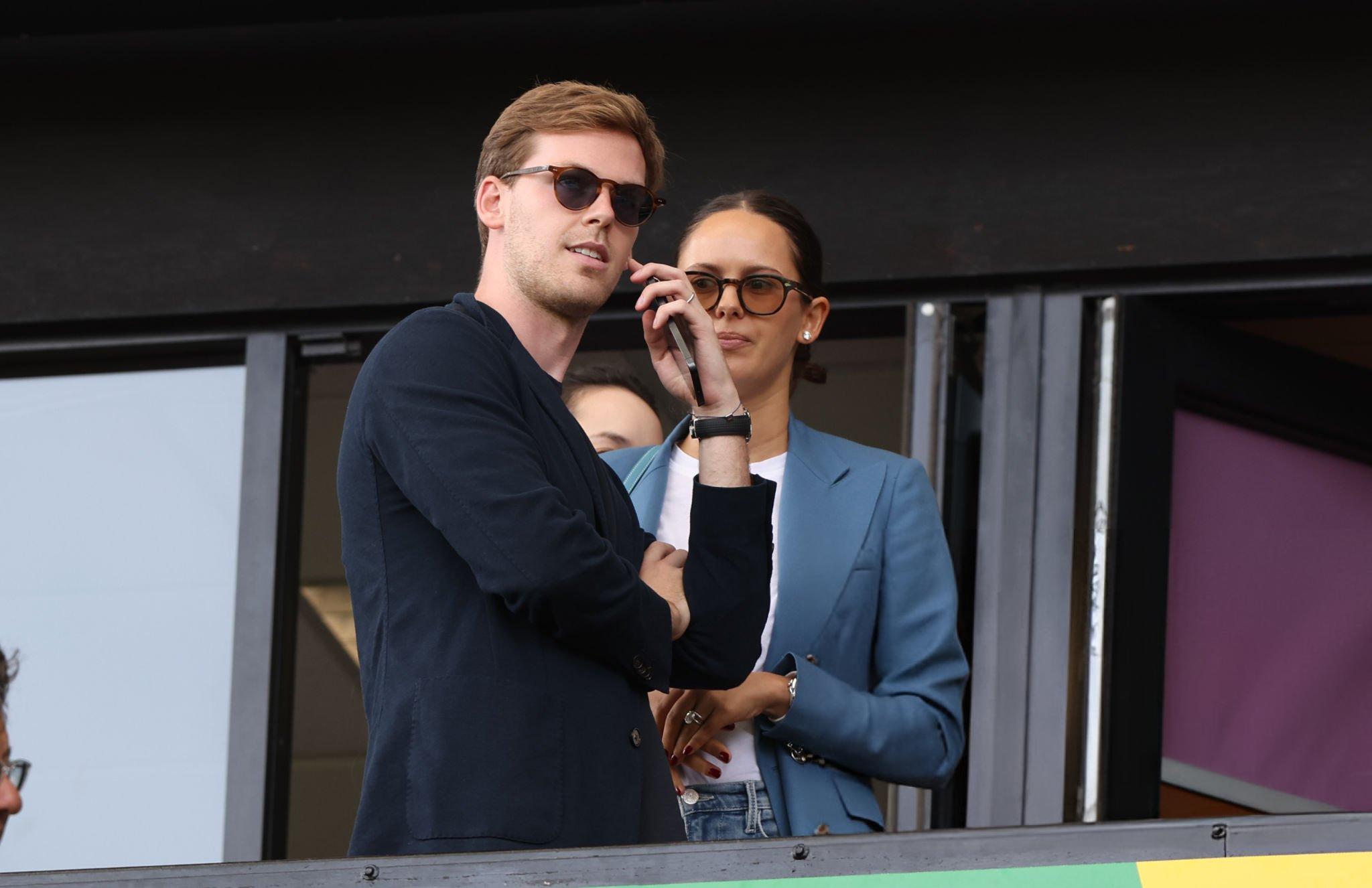
The long-suffering “Sunderland” returns to the English Premier League after eight long years. For half of that period, the club didn’t even play in the second tier but in League One, enduring humiliating defeats and a governance crisis. Today the “Cats” are back among the strongest — and at the center of this story stands an unusual figure: 23-year-old Kirill Louis-Dreyfus, the son of the richest woman originally from Russia and heir to an agro-industrial dynasty. He became the youngest owner in the history of English football and turned a collapsing club into a team with ambition by betting on youth, strategic planning, and belief in the project.
Collapse and Decline: How the Club Became the Protagonist of a Misfortune Documentary
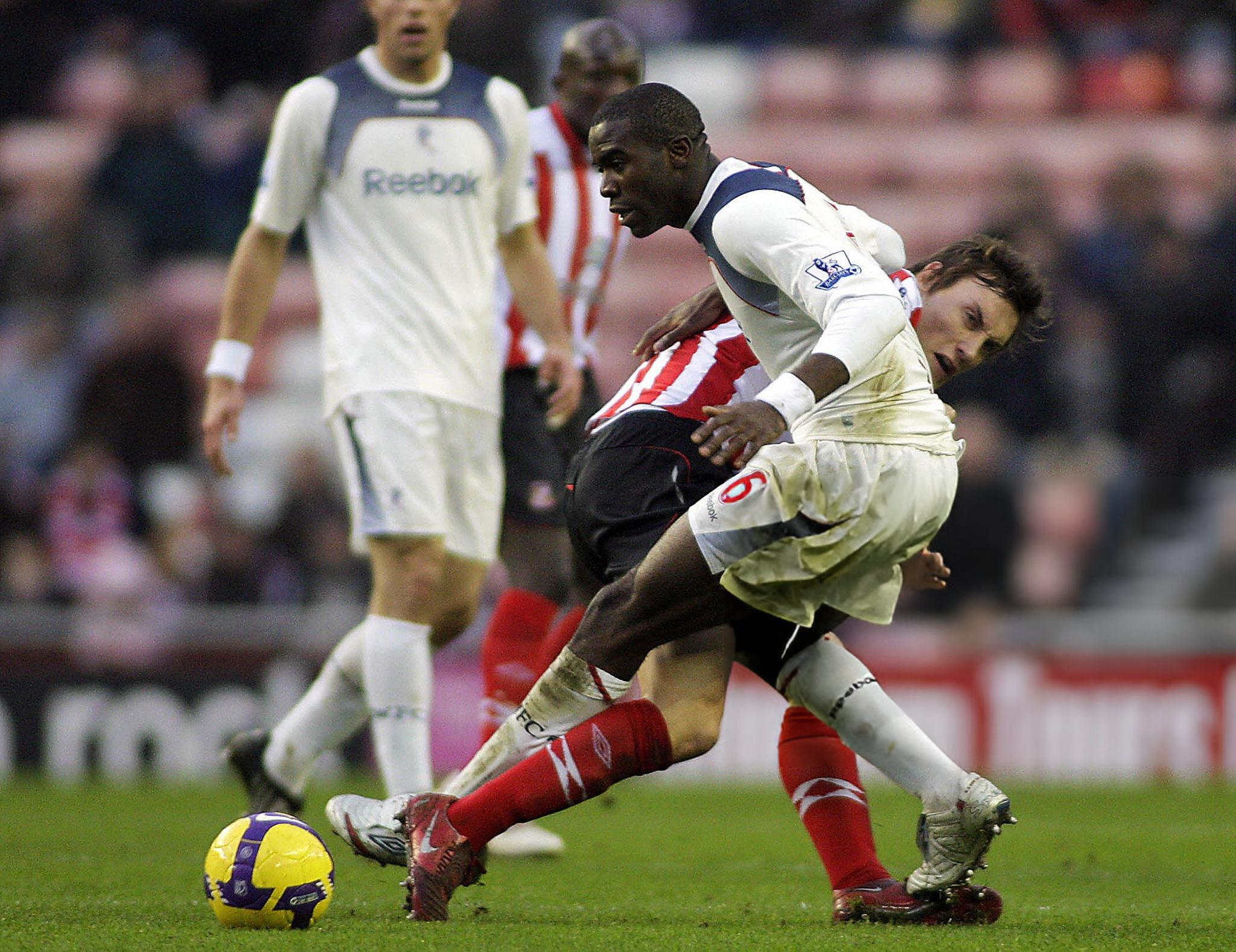
After relegation from the Premier League in 2017, “Sunderland” drew Netflix’s attention and the series Sunderland ’Til I Die was launched. Supporters expected an inspiring climb back to the elite, but reality turned into a nightmare: instead of a romantic revival, the world saw a catastrophe. The team fell into League One and remained stuck in the third tier for several years.
American owner Ellis Short, who had bought the club in 2008, gradually lost interest in the project and wanted to offload the asset. Before the sale, he even wrote off over 100 million in debts to partially restore his reputation. The new boss was businessman Stewart Donald, who insisted he knew how to bring “Sunderland” back to the Championship, but he quickly collided with the overwhelming weight of the problems.
Under him, the club posted the worst results in its 140-year history, failed in the play-offs, and lost promising players. Fans accused the board of having no strategy, while Donald, in despair, defended himself: I am not a fraud, a charlatan, or a thief
. But the demand for change grew, and soon a new figure emerged at the club.
A Young Owner: How Kirill Louis-Dreyfus Came to “Sunderland”
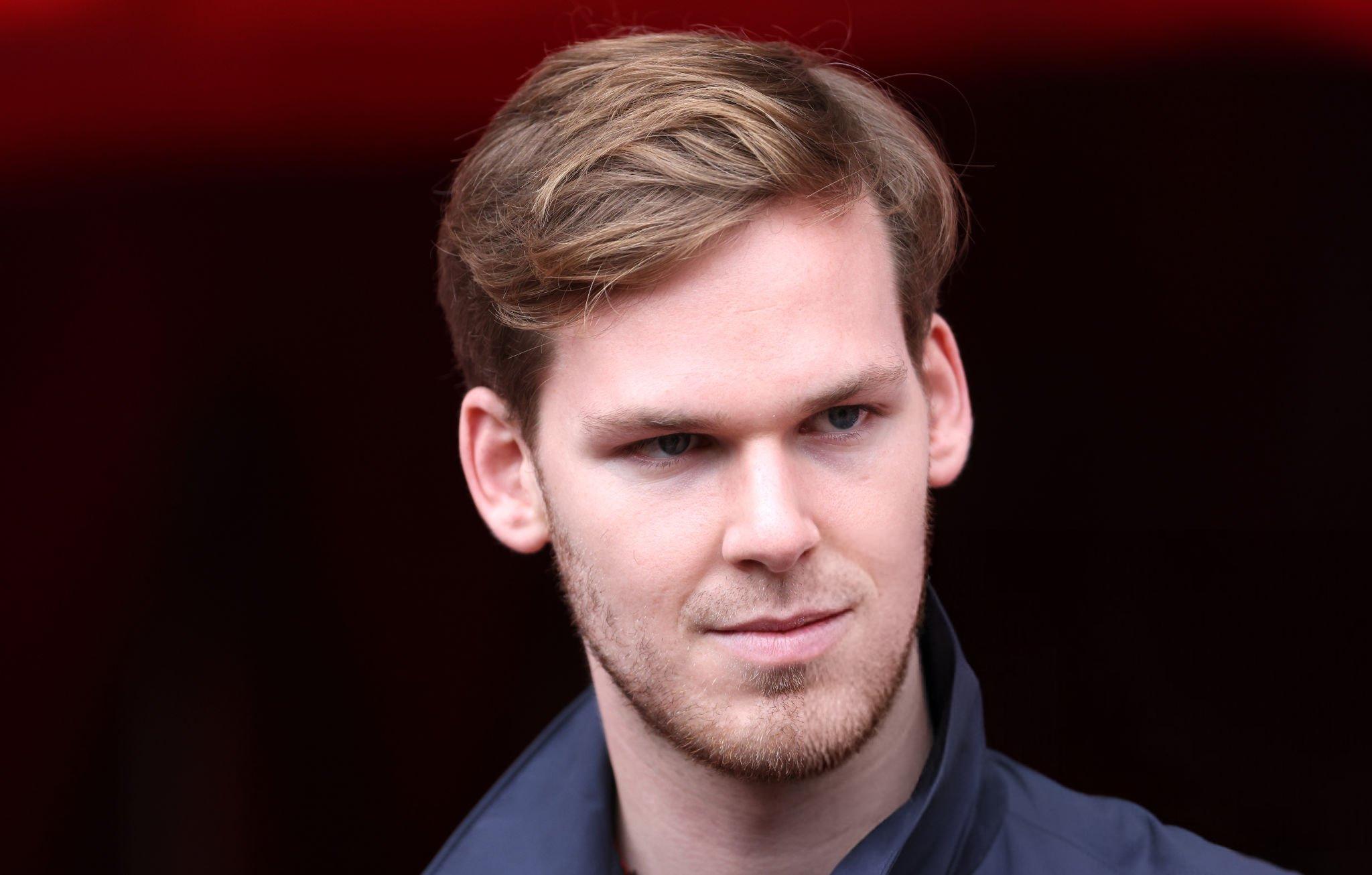
At the end of 2020, the press reported that the club might pass into the hands of Kirill Louis-Dreyfus, who was only 22 at the time. The deal was officially completed in February 2021, and “Sunderland” acquired the youngest owner in the history of English football.
Louis-Dreyfus is the heir to a powerful dynasty. His father, Robert, headed adidas and owned “Marseille”, while his mother, Margarita — born in Leningrad — became the largest shareholder of Louis-Dreyfus Group with a fortune exceeding 5 billion dollars. From an early age, Kirill was close to football: he observed how “Marseille” was run, studied sports management in the UK, played at the RIASA academy, and was passionate about Football Manager.
Upon arriving at “Sunderland”, he did not behave like an oligarch burning money. His strategy was built on a rational approach and the development of young players.
Rebuild: Betting on Young Talent
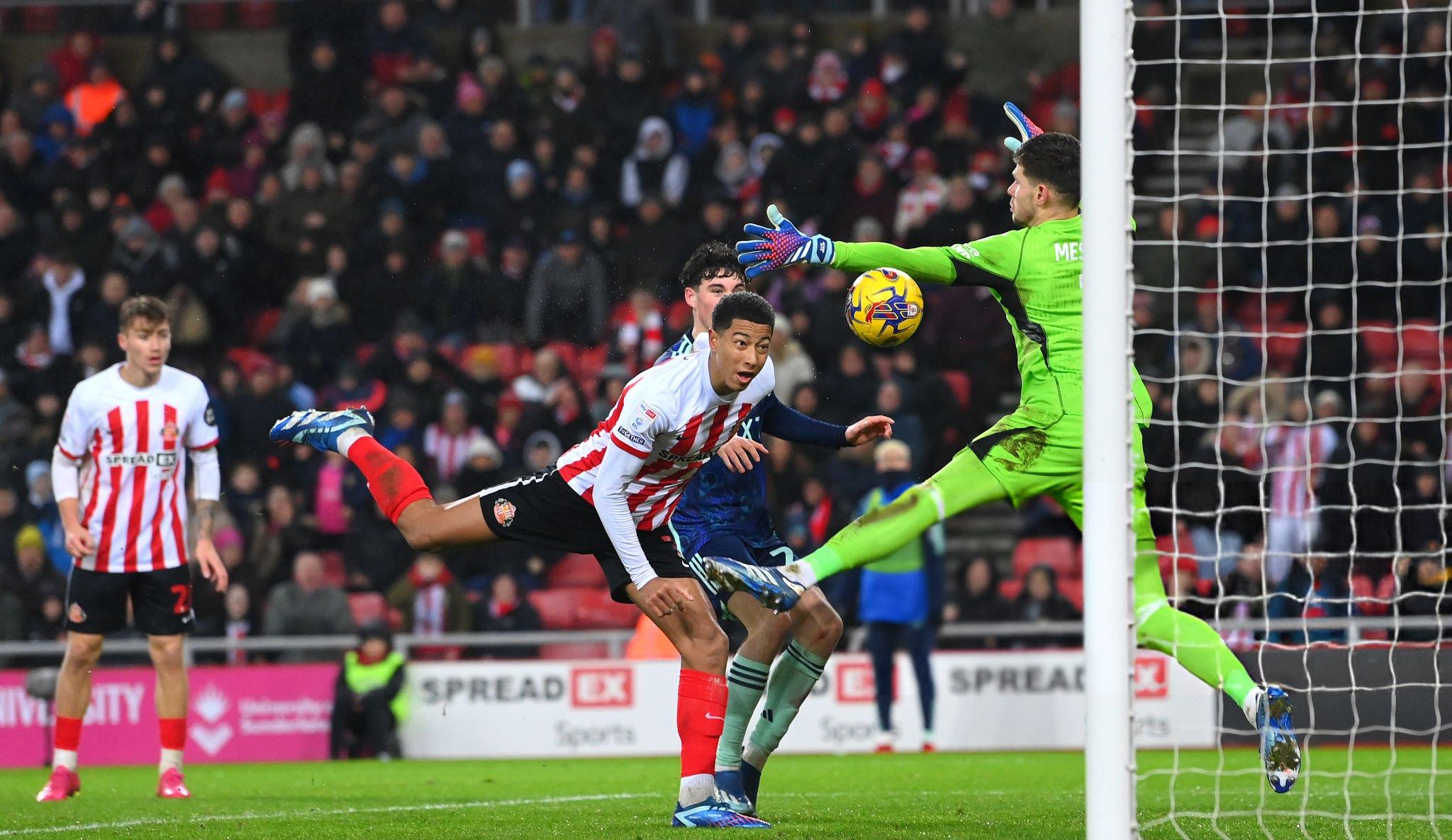
One of the new owner’s first decisions was appointing sporting director Kristjaan Speakman, known for his work in “Birmingham’s” academy. Together with head of scouting Stuart Harvey, he began actively refreshing the squad.
The focus shifted to prospects capable of blossoming specifically at “Sunderland”. The club signed Jobe Bellingham, Jude’s younger brother, for just 1.75 million euros. Two years later he became the Championship’s best young player and was sold on to “Borussia Dortmund” for 30 million. Amad Diallo, Jack Clarke, and record-breaking 15-year-old debutant Chris Rigg also stood out; Rigg soon became a key figure and attracted the interest of Europe’s top clubs.
The squad’s average age fell to 23, and in January 2023 “Sunderland” fielded the youngest starting XI in its 143-year history. The club turned into a talent factory that scouts from all over England flocked to.
Transfers and Investment: Smart Millions
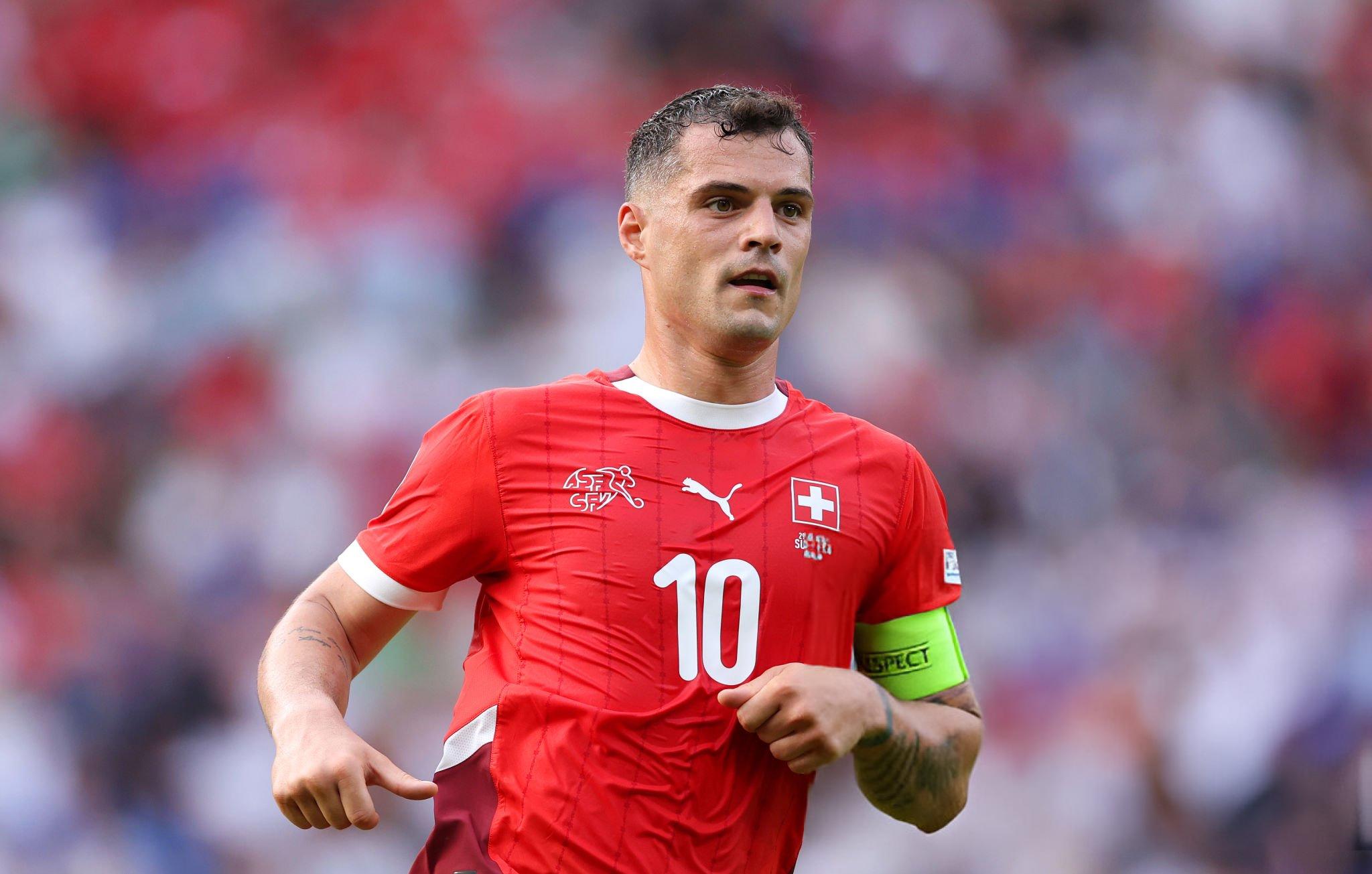
Despite the emphasis on youth, Louis-Dreyfus did not shy away from strengthening the team with substantial funds. In the summer of 2024, “Sunderland” spent more than 150 million dollars — a threshold surpassed only by the “big six” clubs and Spain’s giants.
Yet the spending remained strategic: money was invested in prospects with resale upside. The lone exception was the experienced Granit Xhaka, invited as a mentor for the youngsters.
The sales of Bellingham and other academy products made it possible to combine ambitious signings with financial sustainability. “Sunderland” ceased to be a byword for managerial chaos and became a club with a clear development model.
A New Head Coach and the Revival of a Motto
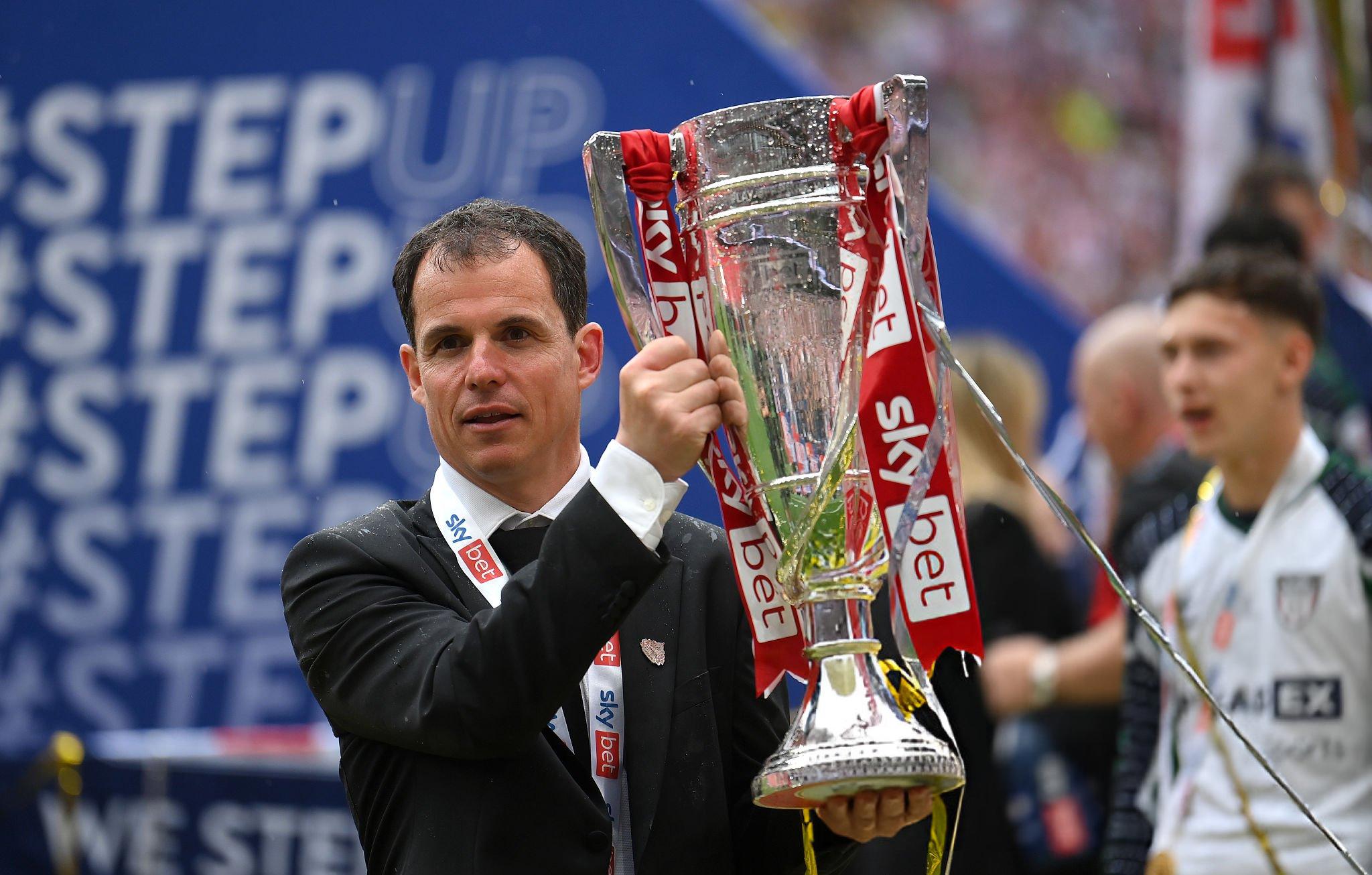
After a string of unsuccessful managerial experiments, the team was taken over by Régis Le Bris, who had spent many years in French youth football. His philosophy was a perfect fit for a young squad: he prioritized collective spirit, cohesion, and character.
Under Le Bris, “Sunderland” opened the season with four straight wins — the club’s best start in 99 years. In the play-offs, the team produced dramatic comebacks, and the motto “’Til The End” (“To the End”) became a symbol of rebirth. Fans embraced it, banners appeared throughout the city, and the players themselves showed a genuine will to win in decisive moments.
The final against “Sheffield United” was the culmination: having trailed for most of the match, the “Cats” found the strength to turn the game around and returned to the Premier League.
The Louis-Dreyfus Family Legacy: From Grain Empires to the Stands
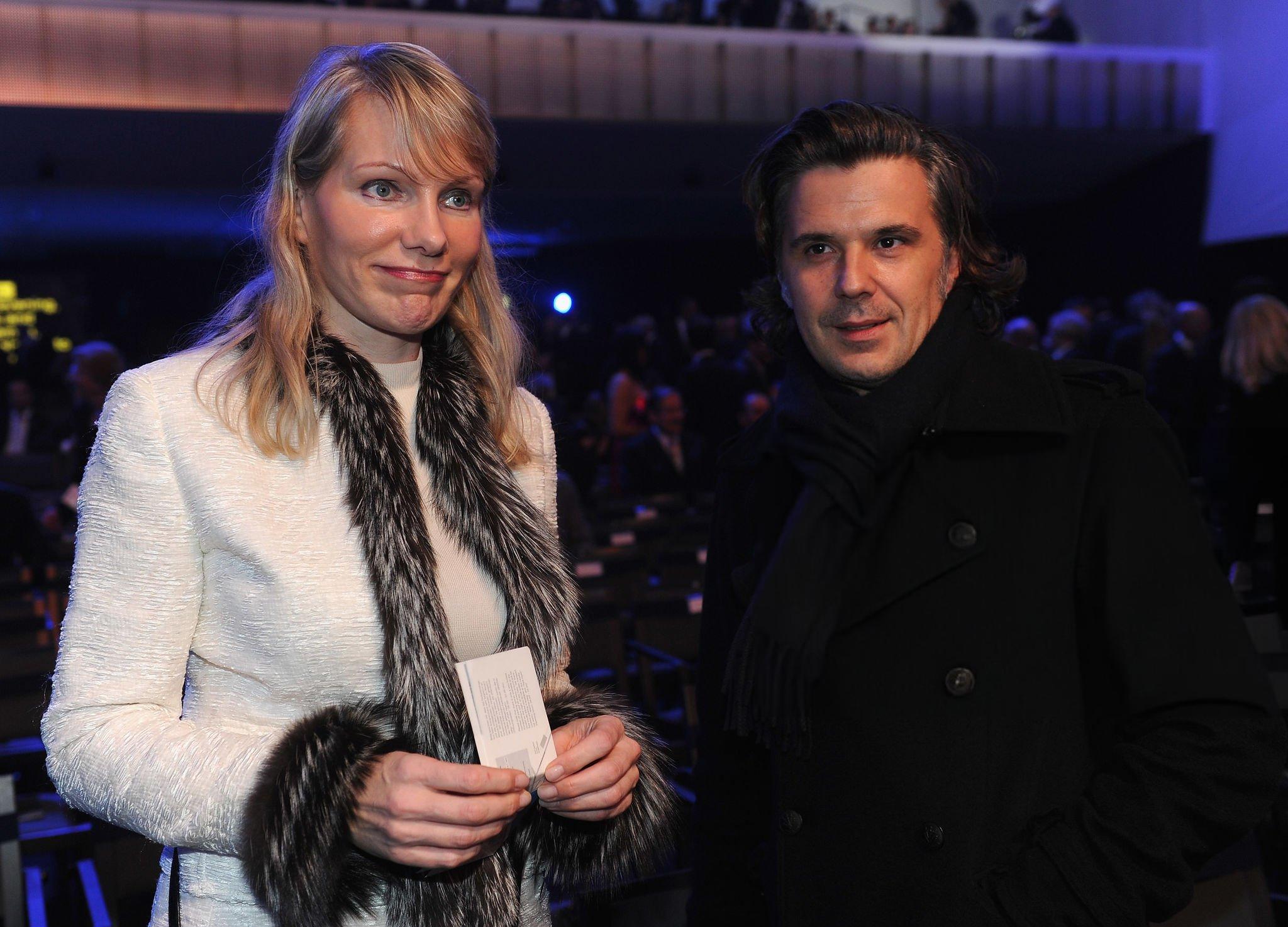
Kirill’s story cannot be told without his family. The Louis-Dreyfus dynasty dates back to the 19th century, when his forebears became some of the world’s largest grain traders. The company later took leading positions in cotton, rice, and other commodities, controlling up to 10% of global agricultural trade.
Kirill’s father, Robert, ran adidas and owned “Marseille”, while his mother, Margarita, went from a Soviet orphanage to billionaire status. Her marriage to Robert placed her at the heart of one of Europe’s most influential business families.
From his parents, Kirill inherited not only capital but also an understanding that football is not merely a business, but a cultural phenomenon and an instrument of influence.
Sunderland’s New Look: From Laughingstock to a Team of the Future
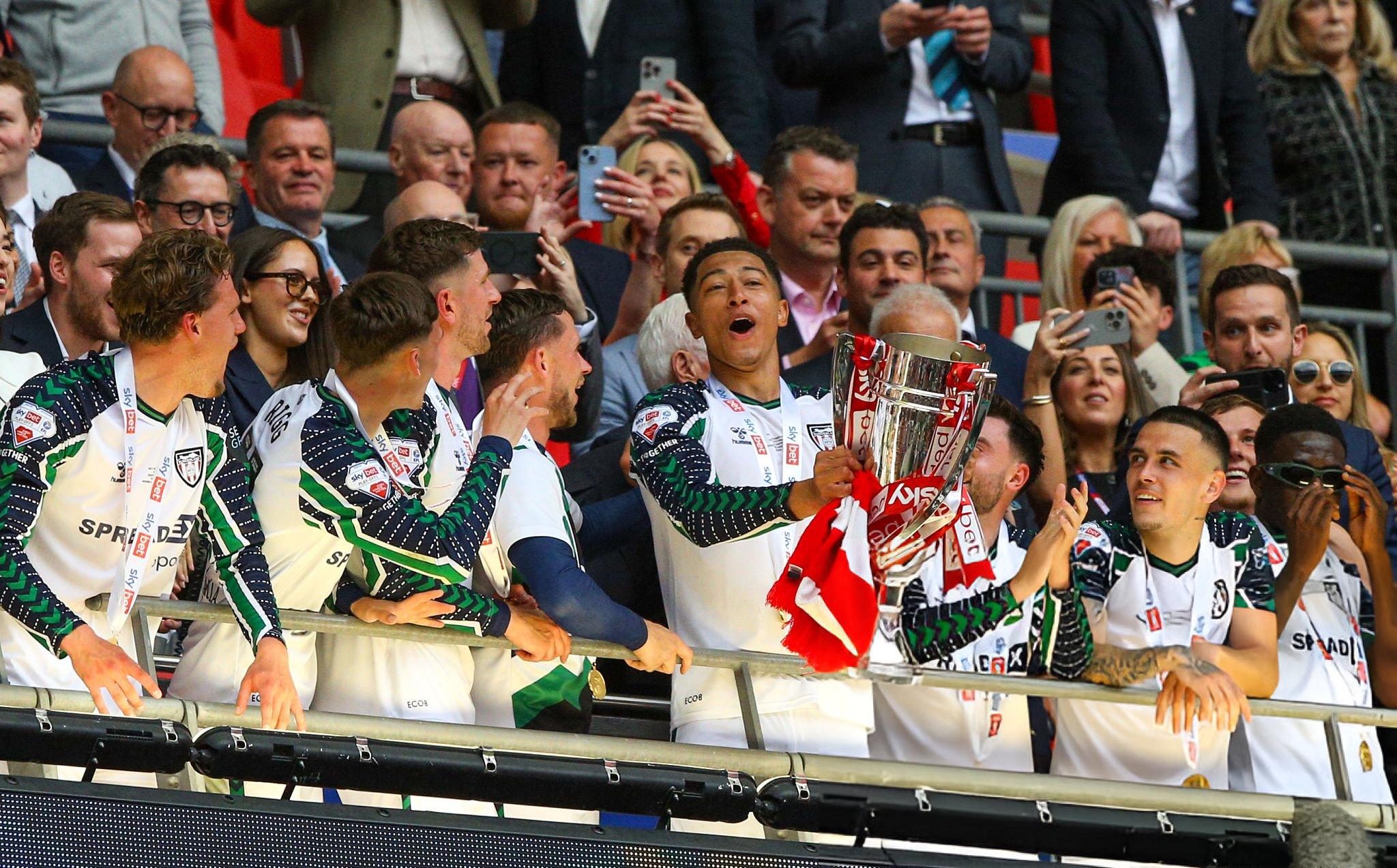
In four years, the club traveled from a crisis-ridden asset in the third tier to a Premier League participant. Louis-Dreyfus acquired a controlling stake, rid the club of toxic partners, and built a modern structure.
Now “Sunderland” is known as a club where young players get a real chance and where the strategy is mapped out years ahead. Yes, analysts assign the team one of the highest relegation probabilities, but the “Cats” refuse to be anyone’s punching bag. They enter the Premier League with the motto “To the End” and the belief that the era of humiliations has been left behind.
What Comes Next?
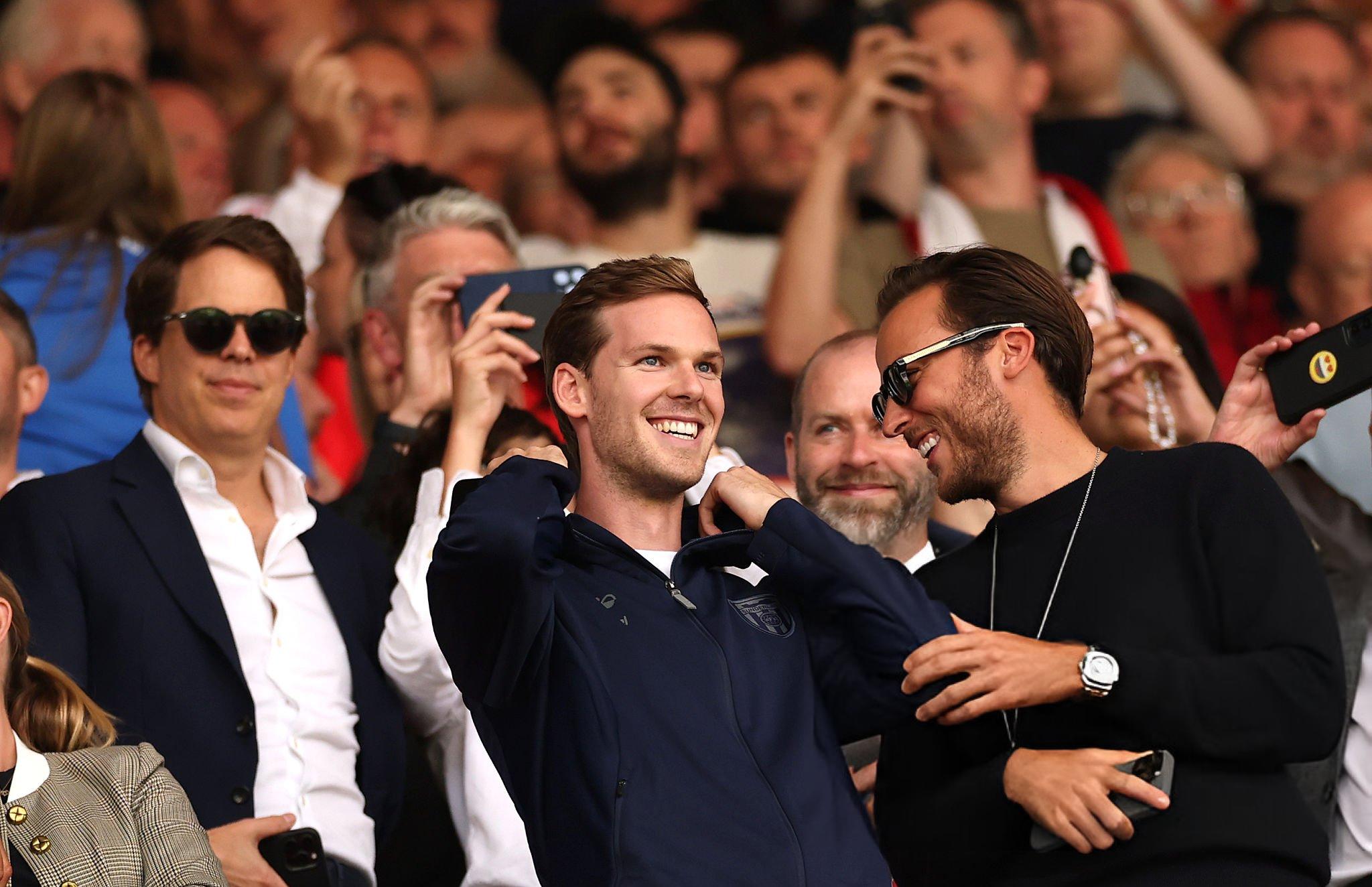
The main task for Louis-Dreyfus and his team is to establish themselves in the Premier League. Experience shows that clubs arriving from the Championship find it difficult to stay at the elite level, but “Sunderland” has its trumps: a strong academy, a fresh strategy, loyal supporters, and an owner who thinks in decades.
Today “Sunderland” is no longer the star of memes and documentaries about bad luck. It is once again a project with ambition — a team capable not only of fighting for survival, but also of staking a claim to a new success story in English football.







